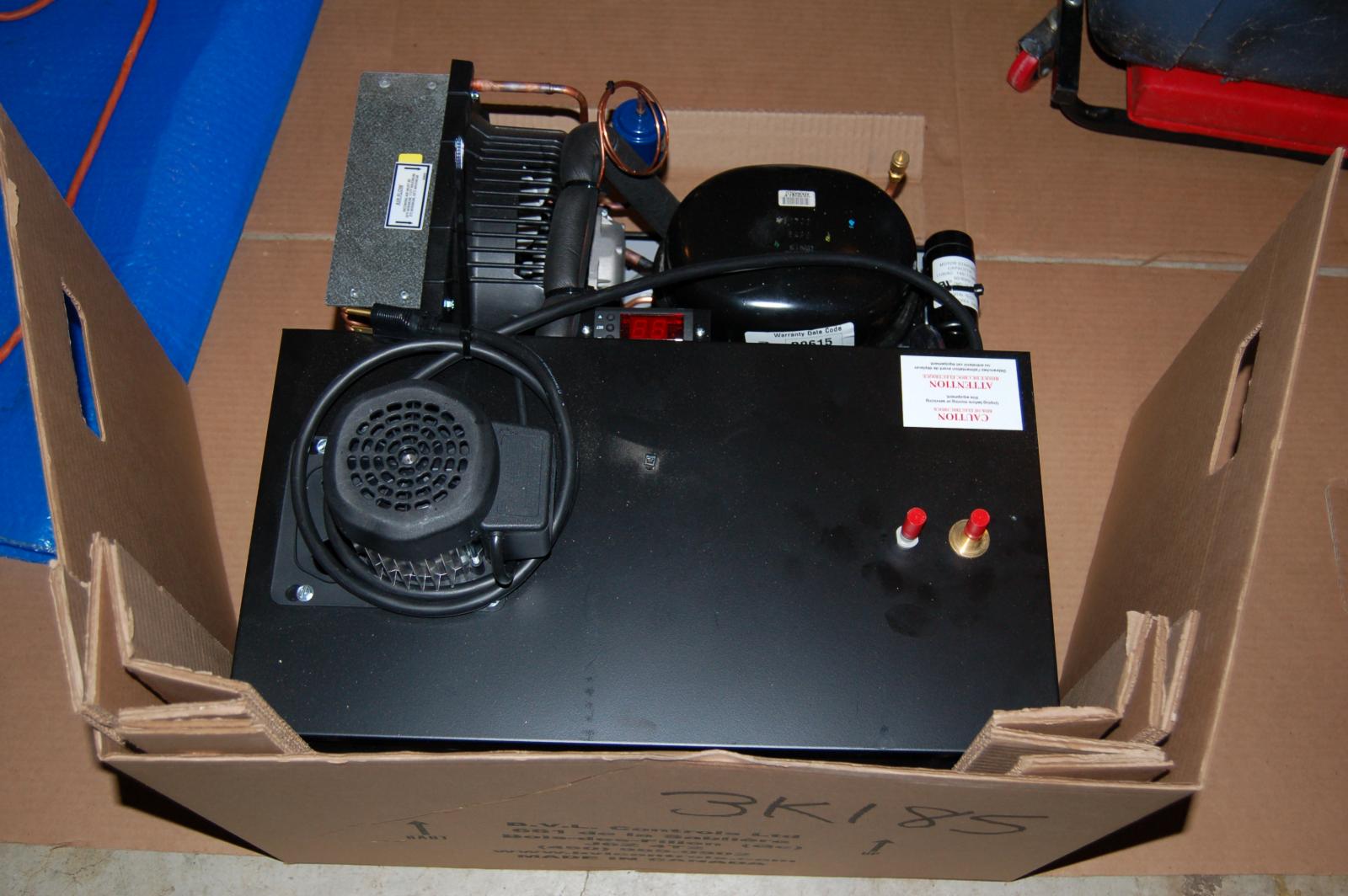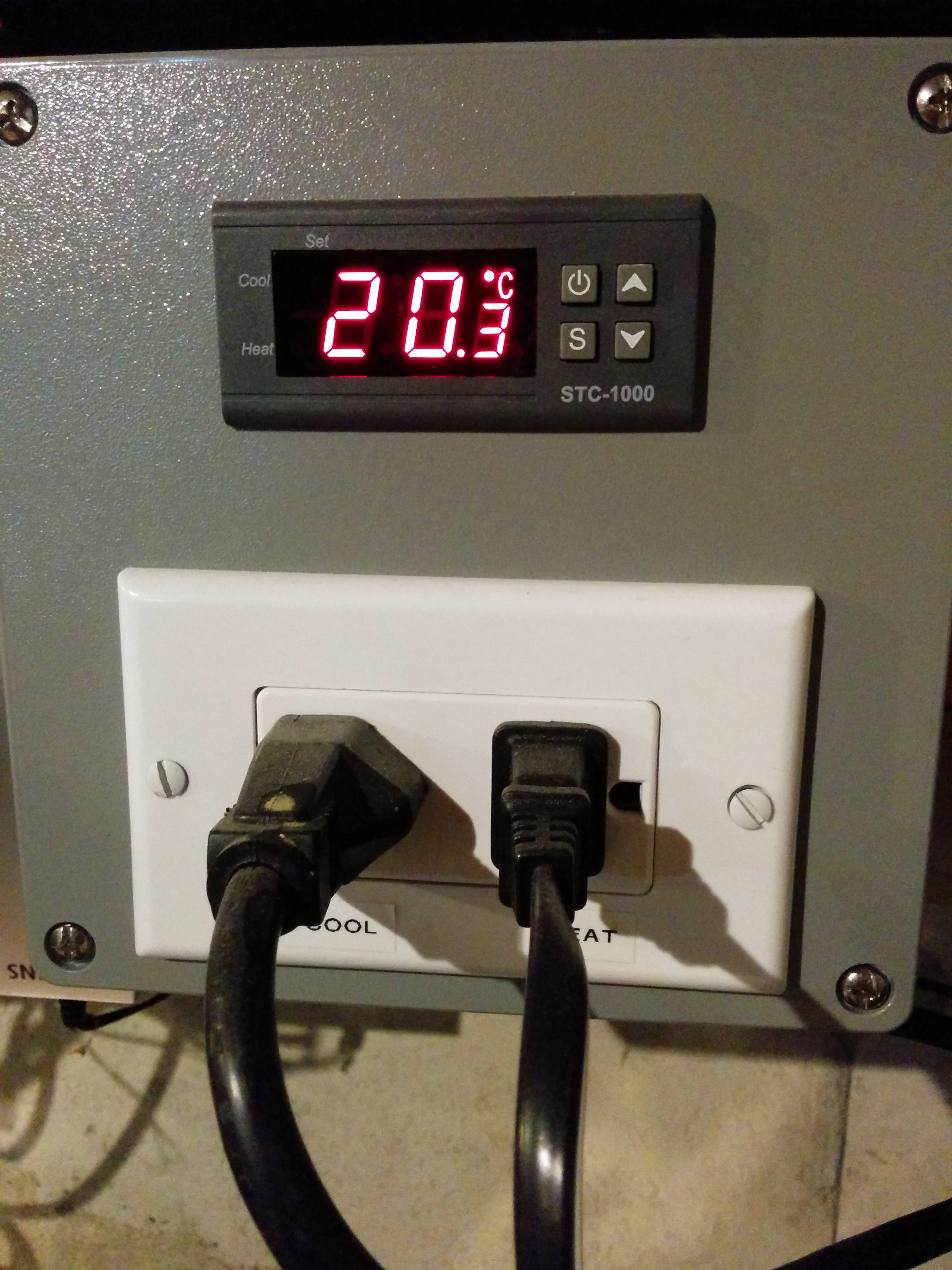My apologies if this has been asked and answered in the thread already. Are those of you with armed and operational Brewha systems using the element for the "hot side" of the temperature control during fermentation with the water/glycol jacket for the cool side? I thought I recall seeing mention of setting the element at 1%. Any issues that have been seen? I am thinking primarily for ramping up at the later stages of fermentation or for Belgian styles that like to finish much warmer.
I typically use my glycol chiller for this with the help of an aquarium heater in the chiller bath. My basement is about 55º in the winter, so I'm generally trying to raise the temperature and this works quite well.
I am in the process of making a Berliner Weisse using the "Kettle Souring" method where you pitch lacto and hold the wort at ~110-120º until you reach your desired pH level (usually 2-3 days). During the souring stage, I used the electric element in the BIAC to hold the 120º and it wasn't an issue; it would hold at target temp +/- 1º. The beer is almost ready to keg, and I pulled a sample this morning - it's tasting great and no signs of any issues.
This setup is the perfect setup for the kettle souring method, BTW. You follow your normal process, but chill to 110-120º before pitching lacto, hold it there for a few days, then do your boil. The boil will kill any remaining bugs before you keg, preventing infection in your post boil equipment. It also has the nice advantage of being able to flood the fermenter with co2 before/during lacto fermentation. o2 is bad for lacto souring and will ruin your beer - the BIAC essentially lets you eliminate o2 during that stage...something that's fairly difficult with any other brewing setup.



















































![Craft A Brew - Safale S-04 Dry Yeast - Fermentis - English Ale Dry Yeast - For English and American Ales and Hard Apple Ciders - Ingredients for Home Brewing - Beer Making Supplies - [1 Pack]](https://m.media-amazon.com/images/I/41fVGNh6JfL._SL500_.jpg)








